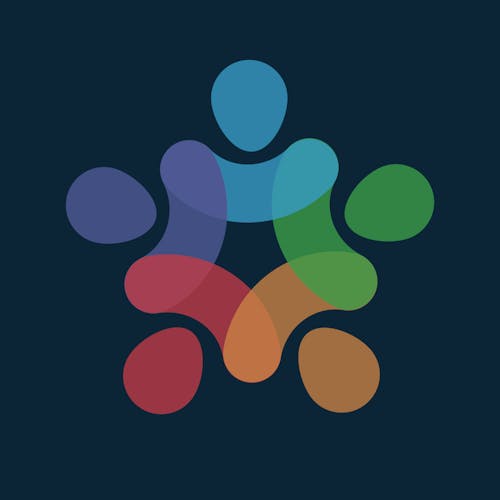In today's live stream, I will review some basic troubleshooting tips for issues we encounter while building webpages. I will be looking at a real world issue that occurred in the community this week. We will look at a framework that we can follow to help us identify the root cause of the problem. Once the actual problem is identified, the solution is easier to find.
Website Troubleshooting 101
What has recently changed?
If a webpage was working before, but now it is not, what has changed?
Reproduce the Issue
Can you replicate the issue consistently? This helps confirm that the problem exists and is not a one-time glitch.
Check the Console and Debugger
Use the browser’s developer tools to inspect the console for errors or warnings. The console often provides error messages that can point directly to the problem, such as syntax errors, missing files, or incorrect references.
Review the Code
Encourage students to go through their HTML, CSS, and JavaScript code line by line. Look for common mistakes such as unclosed tags, incorrect file paths, or missing semicolons.
Simplify the Problem
Comment out or temporarily remove parts of the code/webpage to isolate the issue. By simplifying the webpage to its core components, they can identify if a specific section or element is causing the problem.
Check Browser Compatibility
Test the webpage in different browsers. An issue might be specific to a certain browser or version, so cross-browser testing is essential.
Disable browser extensions!
Inspect Network Activity
Use the network tab in the browser’s developer tools to check if all resources (like images, scripts, and stylesheets) are loading correctly. Missing or slow-loading resources can cause problems.
Look at the Layout and Styles
Use the Elements tab in the developer tools to inspect the DOM and CSS. They can see how styles are being applied, check for overridden styles, or identify layout issues like margin or padding problems.
Seek Peer Review
Sometimes a fresh set of eyes can spot problems that the original developer missed. Encourage students to review each other’s code to identify potential issues. Sometimes this reveals that the issue is local to just you or your network.
Use Documentation and Search
Refer to documentation (e.g., Stack tooltips & online help, MDN Web Docs, Dash app). Search and post one the community or search the web.


